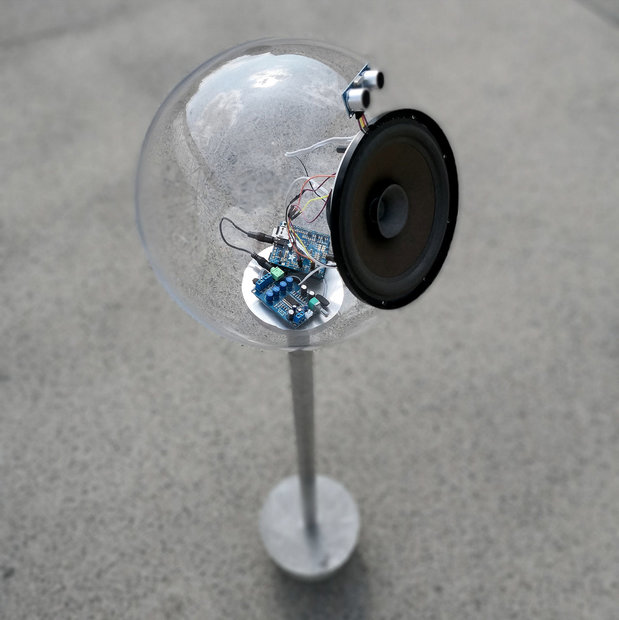

#opensourcepraying (© Anina Rubin)
“Tools have three functions: to make something, in order to change the environment, which in turn change the people who use them. The first function is the intended, the second and third are unintended consequences of the first.”
The above quote is taken from a manuscript to Vilém Flusser’s lecture The Repercussion of Tools on Consciousness.
In her work, Anina Rubin deals with this repercussion of tools, of objects, extensions of hands, fingers, thoughts, nerves, desires, dreams, deficiencies and deficits created by humans.
As our creations are extensions of ourselves, just as Eve was created from Adam’s rib as were all people from others, one could posit it as a mirror of our species. One might suspect that without the presence of mirrors, we would not even know who we are at all. What do we really look like?
Through observing others, one can compare, unmask and identify parts of the self without mirrors. Getting to know the self through a person on the outside requires a certain appreciation however, and openness as they are just as free to leave the presence and closeness at any time as much as you are. As soon as the person outside leaves this closeness, the contact of getting to know and desire to know is broken.
Tools and machines are not free in this context. They stay put where the human subject places them. It also means that humans must put up with them. He or she is responsible for the decision to leave, and if necessary, must take over the responsibility for the tool of another person.
Indeed, humans can also use their freedom to turn their backs on machines – even as tools and machines permeate all corners of their peripheries and they have already developed a dependency structure within the human network where the subject finds him/herself, a freedom as well as a state of isolation emerges as a repercussion.
A solution to this dilemma would be to welcome the new species “machine” on several levels and to integrate them. Above all in the conceptual realm rather than the physical as it has been thus far. This physical area contains the material themes, including financial gains. The emergence of tools and machines is a consequence of human effort to save energy (time, money), in order to allow more energy (time, money) to be invested elsewhere.
Deliberately used, the process of integration gives us the opportunity to get to know the self on many levels in the process of nurturing the machine network, before what Flusser called the “repercussion of tools” leads to confrontation. In order to prevent this repercussion from becoming a real setback, by deliberately expecting the consequences of extending human hands, fingers, thoughts, nerves, desires, dreams, riches and achievements.
In terms of expanding hermeneutics, Anina Rubin develops a passion for programming mini-computers (Arduino, Rasperri Pi, Calliope) and apps, to try out possibilities for dealing with the new species “tool” in mystical and spiritual realms. It is about building bridges between ancient roots, sounds and prayers and a country of possibilities, clarity and colorfulness that the still young, new digital sphere brings with it.
The project #opensourcepraying can be imagined as a collection of hermeneutic rainbows.
Installation: glass, electronics, steel, concrete
Seminar “Körperlichkeit & Abstraktion” supervised by Daniel Irrgang and Matthias Mai
Thanks to asta for support in financing the project.